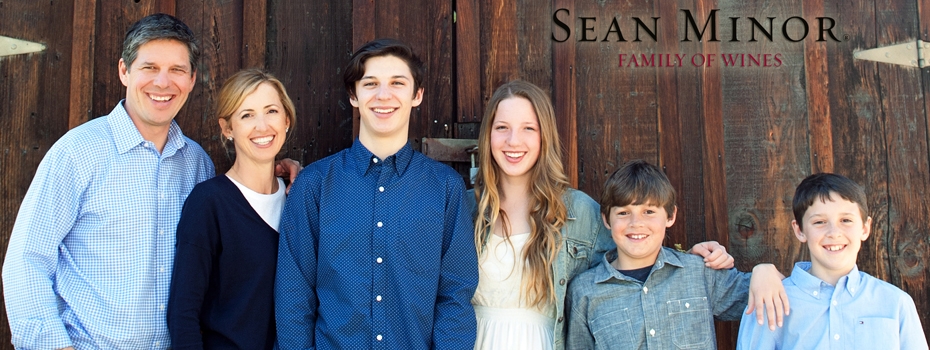
by Lorri | Feb 10, 2016 | UnCorked
If you have been reading my column over the years, you know about my fascination with wine labels. Sometimes it’s the art that draws me in, sometimes it’s a name.
One I’ve been particularly intrigued with is the Sean Minor Winery. I’ve always wondered, is this is a real person, a very trendy brand name or a fictitious character made up for the sake of selling wine? This past week we were honored to have Sean Minor (he is a real person) visit Arkansas to share his wine and his story.
Minor was born in Kansas and grew up with a passion for agriculture and an appreciation for farm to table, specifically in regard to wine-making. His love of the art led him to Napa Valley, Calif., and Oregon where he worked for some of the most revered wineries in the world.
In 2005, he launched Sean Minor Wines and Four Bears Winery with an emphasis on quality and value.
The labels are simple in design, but rich in meaning. Sean Minor labels have family roots.
Family is at the forefront of Sean Minor’s labels, with the Four Bears Winery’s 4B emblem honoring his children, Nick, Elle, Jack and Charlie. Sean Minor “Nicole Marie” is named for his wife.
THE VALUE
- 2014 Sean Minor Four Bears Winery Pinot Noir, California (about $14 retail)
THE SPLURGE
- 2014 Sean Minor “Nicole Marie” Red Blend, California (about $24 retail)
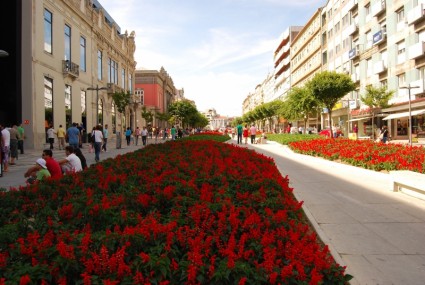
by Lorri | Feb 3, 2016 | UnCorked
For centuries Portugal has been known for its port wines and, of course, as the birthplace of the time-honored cork. Today those are background topics when it comes to Portugal’s unfortified wines stepping into the limelight for the world’s attention. Portugal is escaping its ‘fortified’ niche.
In the past, wines made in Portugal, other than ports, rarely had a chance to come into their own. Port producers considered the valuable grapes as worthy only to be made into luscious, sweet fortified wines. The grapes of lesser quality or those left were used for wines for local consumption.
It was in 1986, when the country joined the European Union, that Portugal’s wine industry developed a worldwide presence. This alliance was an almost assured success, as it was timed in sync with the world’s increased thirst for red wines and the local producers stressing vast improvements to the modern winemaking industry.
What makes Portuguese wines unique is that while the rest of the world planted the popular grape varieties that make cabernet sauvignon, merlot and chardonnay, Portuguese producers were focusing on nurturing native varieties that have been produced for decades.
The wines of the Douro region and young vinho verde (“green wine”) are great introductions to Portuguese wine beyond port.
THE VALUE
- 2014 Twin Vines Vinho Verde, Portugal (about $12 retail)
THE SPLURGE
- 2014 Twisted Red Douro, Portugal (about $18 retail)
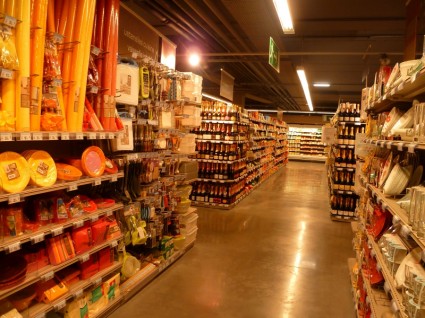
by Lorri | Jan 27, 2016 | UnCorked
When you walk the long aisles of a wine store, you’ve probably had moments of discouragement. This discouragement is not because of an inadequate or perplexing selection of wines but from the mundane feeling you experience reading the same labels one after another — cabernet, cabernet, merlot, merlot, chardonnay, chardonnay. Of course every once in a while an unfamiliar grape is in front of you and for a split second you consider the exploration but are quickly drawn back to the familiar bottle descriptions of cabernet… cabernet … cabernet.
We all seem to get comfortable buying the recognizable wines, but there are many regions, grapes and styles worth a little homework and the benefit of tasting. It’s good to try out intimidating wines. Quality and reliability may have been the most important question in the past, but it is rare to produce an inadequate bottle of wine in modern winemaking. (Rare, not impossible.) This modern change means giving an unfamiliar bottle a try will often result in a pleasantly rewarding experience.
As I look for something out of the ordinary I think of it as an adventure. While I have a staples list of everyday drinking wines that I stick to, I always keep an open mind to explore wines that may seem intimidating because of a complex label or an unfamiliar grape.
On each trip to the wine store, I try to buy one bottle of wine I want to explore and learn about. Some of the best wines I have tasted ended up being from this adventure. Of course there were a few misses, wines that didn’t appeal to my particular tasting palate, but I enjoyed the experience of learning about the style of wine and its taste.
So when you have those humdrum days finding the same too-familiar labels on the shelves and yearning for something different, remember, it’s all about the quest.
THE VALUES
- 2014 St. James Winery Cynthiana, Missouri (about $10 retail)
- 2013 Meli Carignan, France (about $12 retail)
- 2014 Marichal Tannat, Uruguay, (about $14 retail)
THE SPLURGES
- 2014 Tenuta Rocca di Montemassi Vermentino, Italy (about $22 retail)
- 2014 Force of Nature Tempranillo, California (about $24 retail)
- 2014 Pierre Sparr Gewurztraminer, France (about $24 retail)
- 2006 Martin Codax Albarino, Rias Baixes Spain, (around $17 retail)

by Lorri | Jan 20, 2016 | UnCorked
One of my favorite things about this column is the feedback and questions I get from readers. Topics range from which wines to serve at dinner to gift buying recommendations. But over the past year the questions asked by many are “Is this wine available locally?” or “My local wine shop did not have the wine you wrote about, so where do I go to find it?”
The answer to local availability is easy: Yes. I only write about wines that can be found in Arkansas.
But considering the vast amount of wines available in the state, it’s not reasonable to expect to find every wine at every retail store. ‘Available locally’ is not ‘every store’.
There are more than 1,000 wine brands available for retailers to order from distributors. This 1,000 or so is the number of brands, so when you add all the grape varieties, different bottle sizes and the reserve bottles, the number is much higher. Factor in all those variables and there are easily more than 10,000 different bottles available.
Retail stores, depending on size, may stock as many as 2,000 to 4,000 bottles or as few as a few hundred. The bottles may range from everyday drinking wines to prized vintage wines, rare wines and hard-to-find wines.
My best advice: Call ahead.
Wines can be ordered if they’re not in stock, and calling ahead will save you a trip and give your retailer time to order the wine if it’s not in stock.
Fine-wine stores are always interested in accommodating your needs. Whether you are looking for one bottle or a case, the best retailers will be willing assist in finding your request.
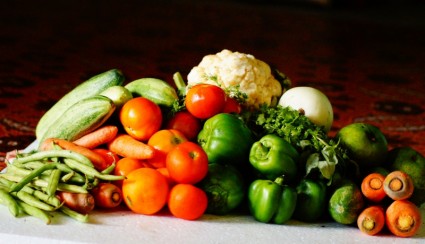
by Lorri | Jan 13, 2016 | UnCorked
Many of us have the resolution of healthful eating on our new year checklist. Unfortunately, many mistakenly assume the best food pairings for wine are limited to hearty meats, rich stews and bountiful pasta. But greens and vegetables go well with wines.
The key to success lies in the cooking method.
Greens (turnip, mustard, collard and kale): The key to this pairing is adding a little complexity to the flavor. A little smoke and spice take these inexpensive antioxidant-rich vegetables to a new level. Adding a bit of stock, onions and/or sneaking in that piece of bacon enhances their ability to pair with wines.
Cauliflower: Think of this yummy vegetable with a new attitude. Instead of steaming or boiling, try a quick pan-searing or roasting in the oven to bring out its wine-friendly earthiness.
Broccoli raab: This gem is one of my favorites. The best wine pairings I have had were when it was simply pan-seared with garlic and olive oil.
Endive and radicchio: This duo is often ignored or limited only to salads. But on the grill with a touch of olive oil, salt and pepper, these nutrient-packed leaves are transformed.
Brussels sprouts: Again, skip the steam bath and opt to roast them in a hot oven, dressed in olive oil, salt and pepper, to get a different texture that makes a perfect earthy wine pairing. If the recipe calls for balsamic vinegar, use an extra light hand as this ingredient can compete with the wine.
THE VALUES
- 2014 Broadbent Vinho Verde, Portugal (about $9 retail)
- NV Segura Viudas Brut Rose, Spain (about $11 retail)
THE SPLURGES
- 2014 Michele Chiarlo Gavi, Italy (about $28 retail)
- 2014 Trimbach Gewurztraminer, France (about $29 retail)
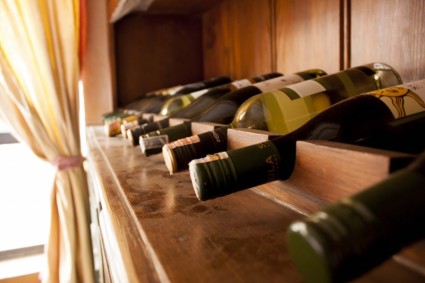
by Lorri | Jan 6, 2016 | UnCorked
It is not uncommon to hear of wine being sold for thousands or even hundreds of thousands. In 2011, a bottle of 1947 Cheval Blanc was bought for an astounding $304,000. It is believed to be the most expensive bottle ever sold.
The average wine drinker and collector is not concerned with profit or antique additions to a collection. Most are simply looking to add value and quality to their collections, whether large or small.
Before starting a collection, it is crucial to remember that most wines are not intended to age. As much as 95 percent of the wine produced is intended to be consumed within 2 to 5 years after bottling. The 5 percent or so of wines that do age well are produced in very limited quantities. For example, if you consider that only 450 cases of Burgundy’s Romanee-Conti are produced each year, and there are millions of wine drinkers spanning the globe, you are faced with minuscule amounts available.
The first step to a fulfilling collection is to find a local wine retailer who understands your intentions. This is crucial so that you are kept informed of premier wines entering the market and when they become available.
What type of collection do you want to create? A good place to start is with a few bottles from your favorite regions and of your favorite styles. Buy two or more of the wines you plan to collect. (I recommend six bottles to a case.) When you are ready to explore the wine, drink one, take notes and then open another in a few years and see the changes. Buying more than one bottle is very important because the joy of collecting is noting how the wines change over time.
All wines are different and will change — for better or worse. The only control you have over this process is how you store your bottles. The most important things to remember are no direct light, low humidity, constant low temperature, bottles on their sides and minimal movement. You needn’t invest in a wine cellar or wine fridge to maintain these conditions, although they are helpful. These conditions can be achieved in a dark corner of a closet floor.
Therefore, seller input is vital for new collectors.





